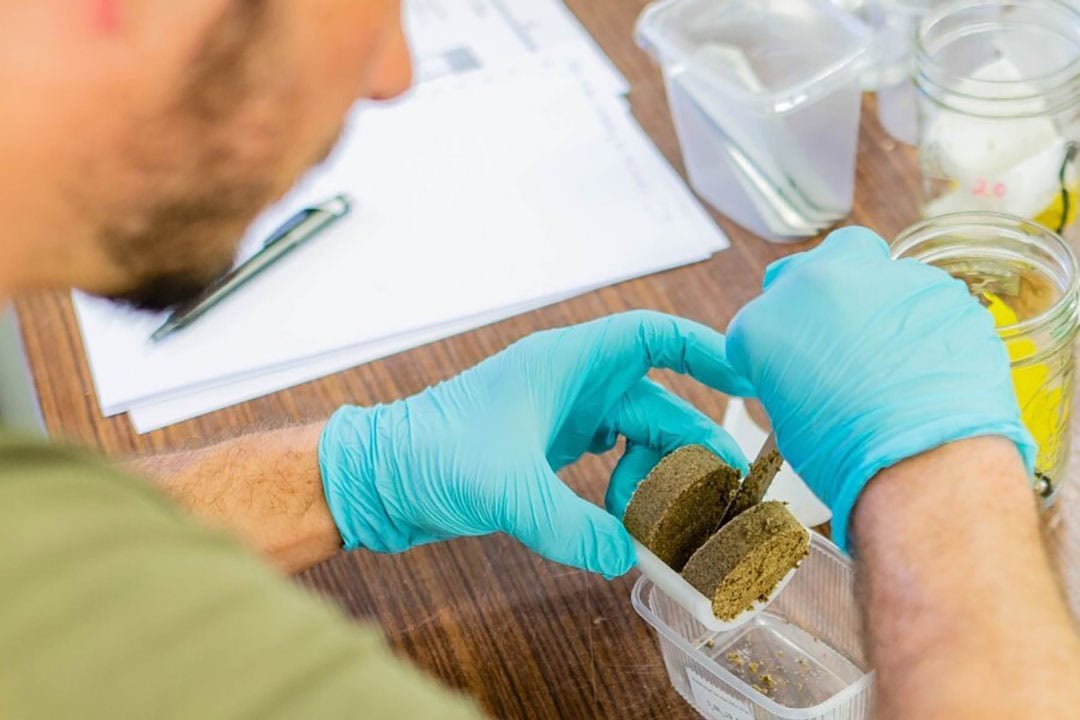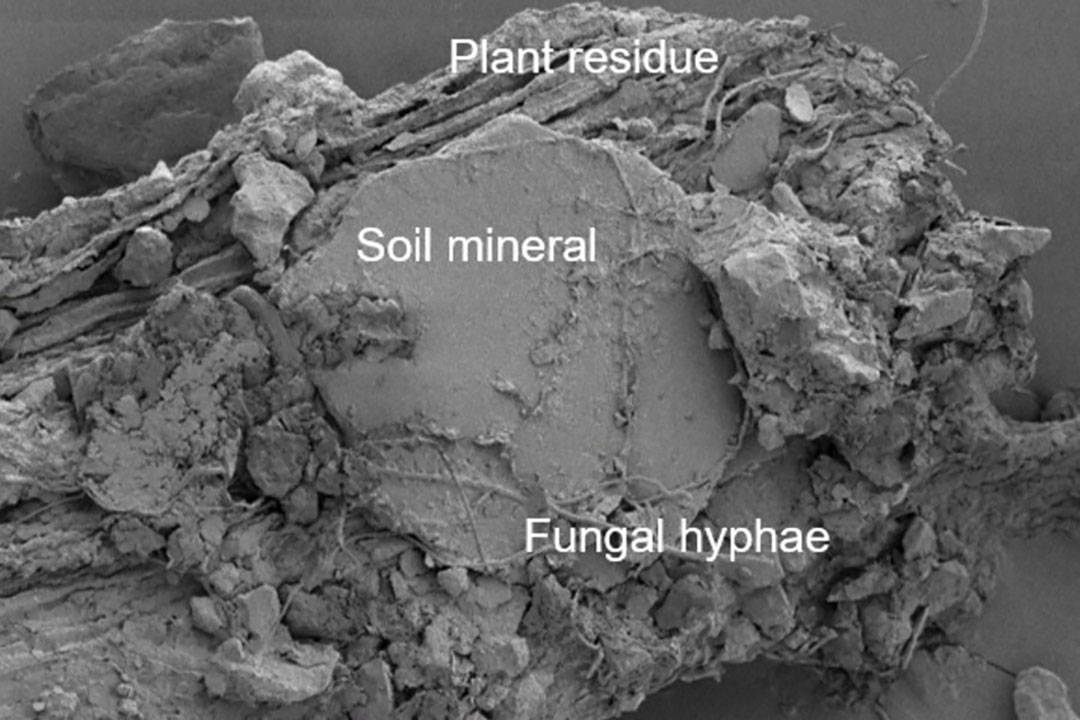Research: Crop residue crucial for carbon storage

Crop residues play a significant role in forming and sequestering carbon in soil.
Researchers from the University of Copenhagen and the Technical University of Munich argue for the potential of simply allowing agricultural crop residues to rot in fields. Their study demonstrates that plant residues actually play a more significant role in forming and sequestering carbon in soil than what was once thought, according to Kristina Witzgall, a PhD Candidate at the Technical University of Munich and the study’s lead author.
The study shows that plant residues themselves have the ability to store carbon, and perhaps for longer than once supposed. This is because a number of important processes take place directly upon the surface of these plant remains.
Text continues underneath image

Crop residues central to carbon storage
“We demonstrate that agricultural crop residues are absolutely central to carbon storage and that we should use them in a much more calculated way in the future. Plant residues make it possible for carbon, in all likelihood, to be stored in soil for roughly four times longer than if they aren’t added,” states Carsten Müller, the study’s co-author and an associate professor at the University of Copenhagen’s Department of Geosciences and Natural Resource Management.
Plant tissue already contains carbon absorbed by plants from the atmosphere via photosynthesis. As plant matter rots, carbon can be transferred into the soil in a number of ways.
Also read: How to make money from carbon soil sequestration?
Fungi
“Our analysis shows that plant residues, as they interact with fungi, play a surprisingly large role in carbon storage. As fungi fling their white strands around plant fragments, they ‘glue’ them together with the soil. The fungi then consume the carbon found in the plant matter. In doing so, they store carbon in the soil,” explains Carsten Müller.
Soil structure
In addition to fungi, the researchers’ analyses also show that the soil structure itself determines the amount of carbon that can be stored. “When soil is glued together in large hard lumps by the stickiness of bacteria and fungi, plant residues are shielded from being consumed by bacteria and fungi, which would otherwise eat and then emit some of the carbon as CO2 into the atmosphere,” says Kristina Witzgall.
Text continues underneath image

The researchers say deploying rotten plants as a tool to store carbon should be taken more seriously and considered as a strategy to be expanded.
“The fertile and climate-friendly agricultural lands of the future should use crop residue as a way of sequestering carbon. We will also be conducting experiments where we add rotten plant matter deeper into the soil, which will allow carbon to be stored for even longer periods of time,” says Carsten Müller.
Carbon can be stored in soil from weeks to a thousand years, but the usual duration is about 50 years.



